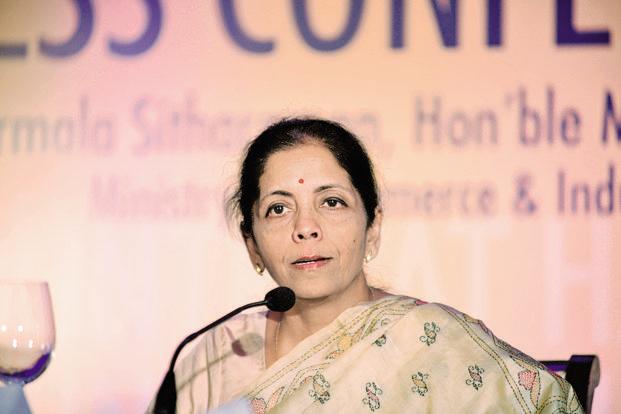RCEP seals modalities for tariff liberalization

The agreement comes after China agreed to accept India’s initial offer of 42.5% market access in the recently concluded RCEP ministerial in Kuala Lumpur.
In the first significant breakthrough, members of the Regional Comprehensive Economic Partnership (RCEP) trade grouping have sealed the modalities or the initial offers for tariff liberalization to each other after China agreed to accept India’s initial offer of 42.5% market access in the recently concluded RCEP ministerial in Kuala Lumpur.
In the last round of talks at Nay Pyi Taw, Myanmar, earlier this month, China insisted India should significantly increase its initial tariff liberalization for it from 42.5% that India was offering. However, at the just concluded RCEP meeting, attended by trade minister Nirmala Sitharaman, China agreed to accept India’s initial offer.
According to the agreement, India followed a three-tier approach for making tariff liberalization offers based on whether it has a free trade agreement (FTA) with the country or not. Among its free trade partners also, it made separate offers to Association of Southeast Asian Nations (Asean) on one hand and Japan and South Korea on the other hand.
In the first tier, which includes members of the Asean countries, India has offered 80% tariff liberalization. Out of it, 65% elimination of tariff will come into force immediately as the agreement comes into force and another 15% tariff elimination will happen over a period of 10 years.
In the second tier, India has offered 65% tariff elimination to South Korea and Japan with whom it has FTAs while these two countries will give 80% tariff elimination.
In tier three, India will offer 42.5% to China, Australia and New Zealand while each of these countries will offer India 42.5%, 80% and 65%, respectively. Even though it is tariff line liberalization pegged to the trade value for each country, New Zealand is asking that the 42.5% tariff liberalisation India will offer should include 55% of its trade value with India.
In the next round of negotiations to be held in Busan, South Korea, in October, countries will exchange actual tariff lines of commodities for tariff elimination. “After that each country will ask the other to make improvements over the initial tariff liberalisation offer by each individual country,” a government official said on condition of anonymity.
However, India thinks the negotiations can not be completed this year. “Negotiations will spill over to next year,” the official added.
Started in May 2013, RCEP comprises the 10 economies of the Asean region—Brunei, Cambodia, Indonesia, Laos, Malaysia, Myanmar, the Philippines, Singapore, Thailand and Vietnam—and six of its free trade partners—Australia, China, India, Japan, New Zealand and South Korea.
The grouping envisages regional economic integration, leading to the creation of the largest regional trading bloc in the world, accounting for nearly 45% of the world’s population with a combined gross domestic product of $21.3 trillion.
The regional economic pact aims to cover trade in goods and services, investment, economic and technical cooperation, competition and intellectual property. India’s interests lie mostly in services, the removal of technical barriers to trade such as those taken under sanitary and phyto-sanitary measures, and trade in goods such as pharmaceuticals and textiles.





